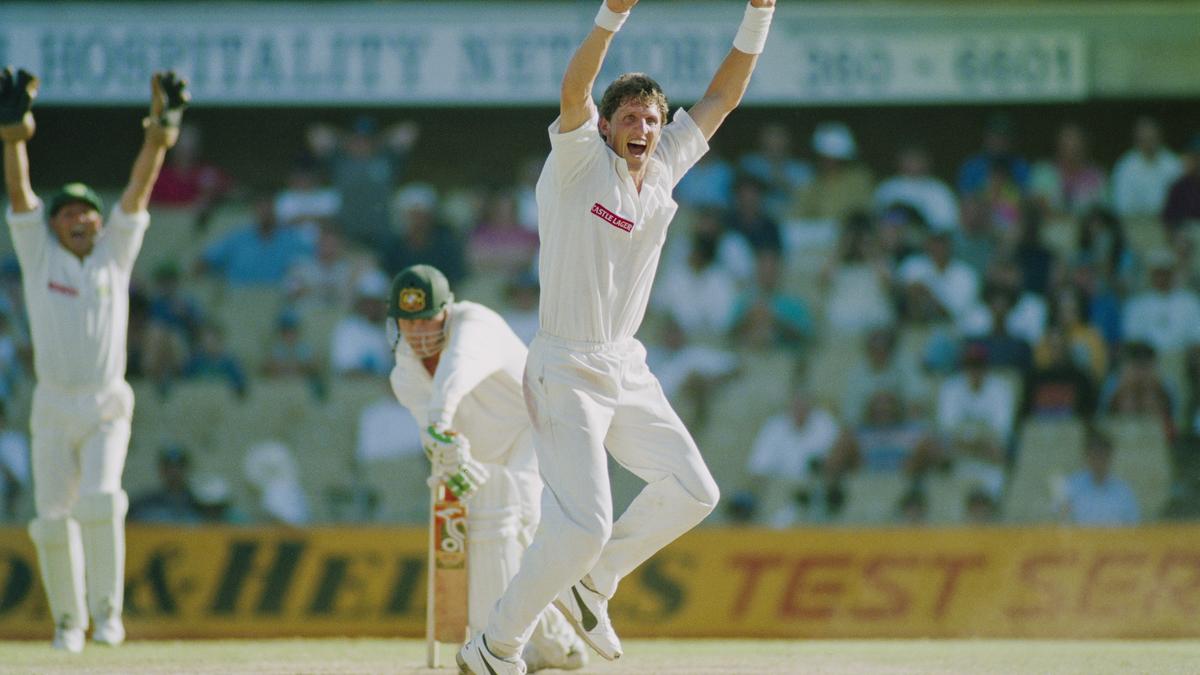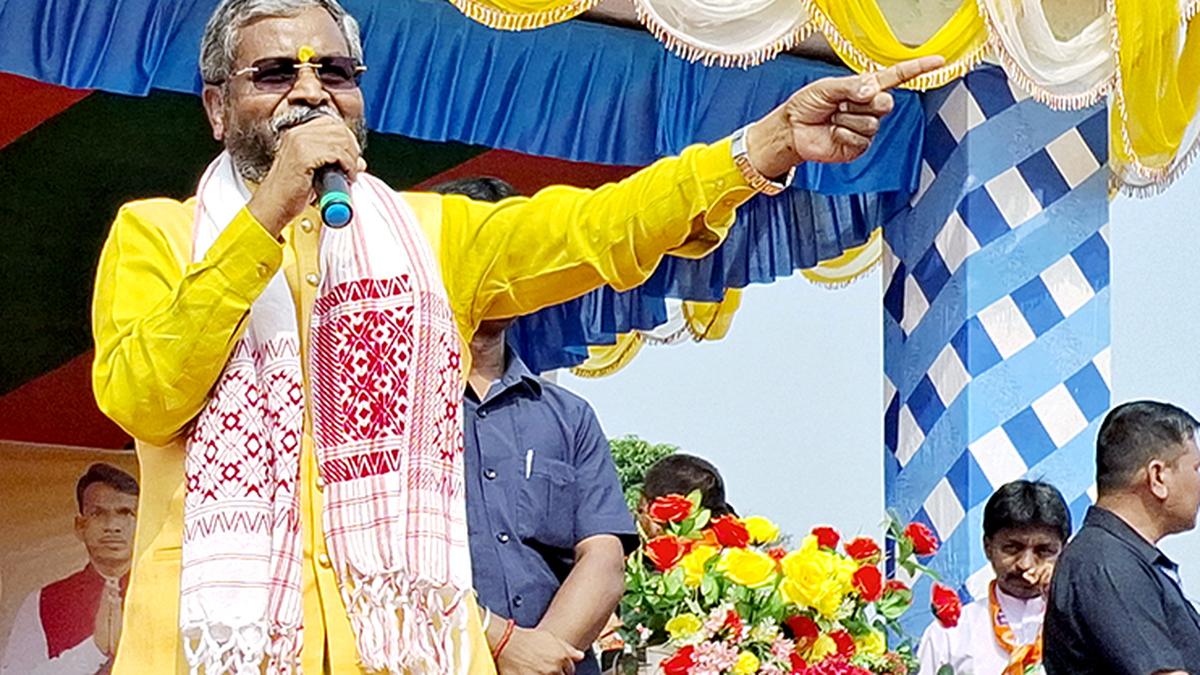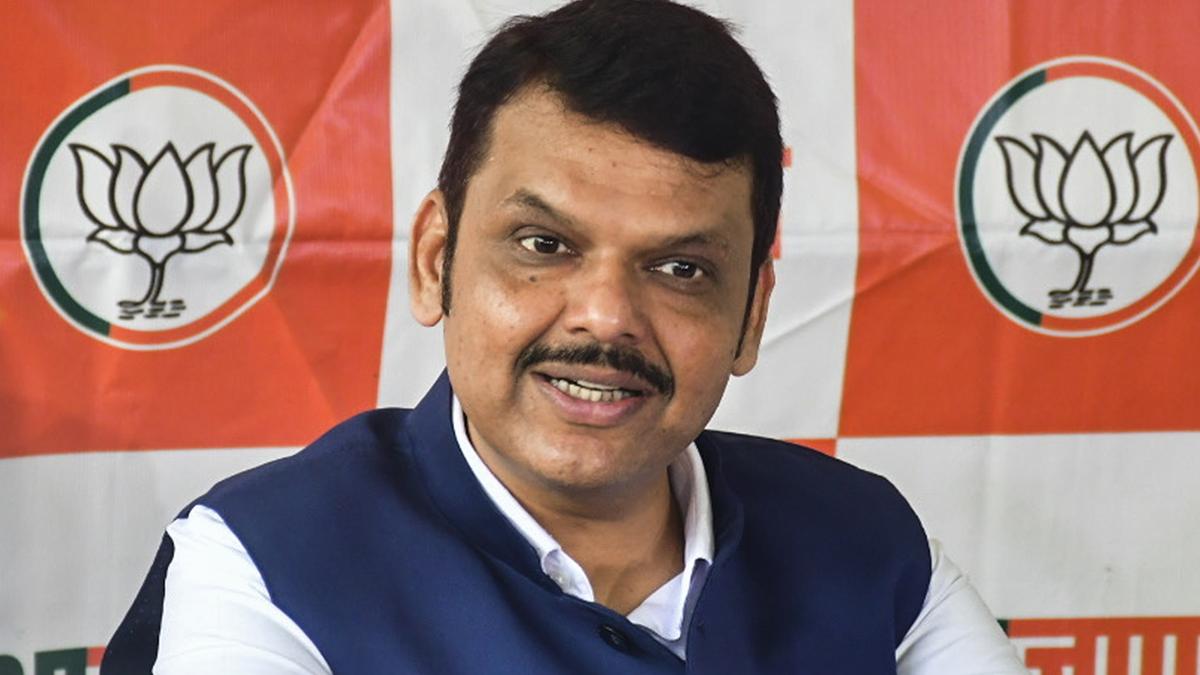Fanie de Villiers was 29 when he made his Test debut. He made up for lost time — South Africa had been banned from international cricket because of the government’s apartheid policy — taking 85 wickets in 18 Tests. In the second of those Tests, in January 1994, he claimed 10 wickets to lead South Africa to a historic five-run victory over Australia at Sydney. He was more than an ideal foil to the lightning-quick Allan Donald. He bowled with control, had variations, including a dreaded off-cutter, and was one of the finest exponents of swing. Excerpts from an interview with the articulate de Villiers:
How difficult were those times when you knew you were good enough for international cricket but thought you may never get the chance because of apartheid?
We were in the doldrums for a good 20 years. But one good thing about those days is that we specialised in cricket in South Africa from the likes of Garth Le Roux, Clive Rice, the Pollock brothers… They brought that knowledge back to South Africa. You must remember that to grow cricket, you need access to knowledge. You need access to different ways and methods and the evolution of those methods. They brought all that back to us in South Africa.
You always had the senior professionals that played in England around you. I was in Northern Transvaal and we had the great West Indies fast bowler Sylvester Clarke, and Ezra Moseley as well. I opened the bowling with Sylvester.
Working with the best from around the world helps you grow as a cricketer. [Dennis Lillee and the MRF Pace Foundation have played a key role but] I think the main reason why India is producing so many more quality fast bowlers today than they did before is the IPL. These bowlers get to bowl alongside the top bowlers from Australia, South Africa, England…
You would have loved to play in the IPL, wouldn’t you? You were a dangerous bowler in limited-overs cricket…
Yes, I would. I was good at bowling at the death. I started the slow balls. And I was able to bowl yorkers more than anybody else. You may remember Adrian Kuiper, the big-hitter. I flew down to Cape Town and said to him, ‘Listen, you gotta help me out. I need to know if I need to bowl yorkers on leg.’ So we tried and he hit my yorkers on the leg and stumps. He hit me everywhere, but outside the off stump, he couldn’t hit me.
How did you develop your skills as a death bowler?
I was from the Afrikaans community, so I struggled to get into the system. I remember the first two or three games I played — against the rebel Australian side led by Kim Hughes — I didn’t get to bowl. And then we played the fourth game and I was thrown the ball to bowl at the end. I didn’t even bowl yorkers then. And Hughes and the guys hit me everywhere. I realised I could not do this. After that game I started practising to bowl yorkers. It was the only way to survive.
I ended up going to the nets, putting a Coke tin on a yorker length. I just couldn’t hit it. Then I thought why didn’t I look at the top of the stumps, and it went a little bit further. And then where the keeper would stand high, I just bowled as quick I could, looking high. And suddenly I bowled the yorker.
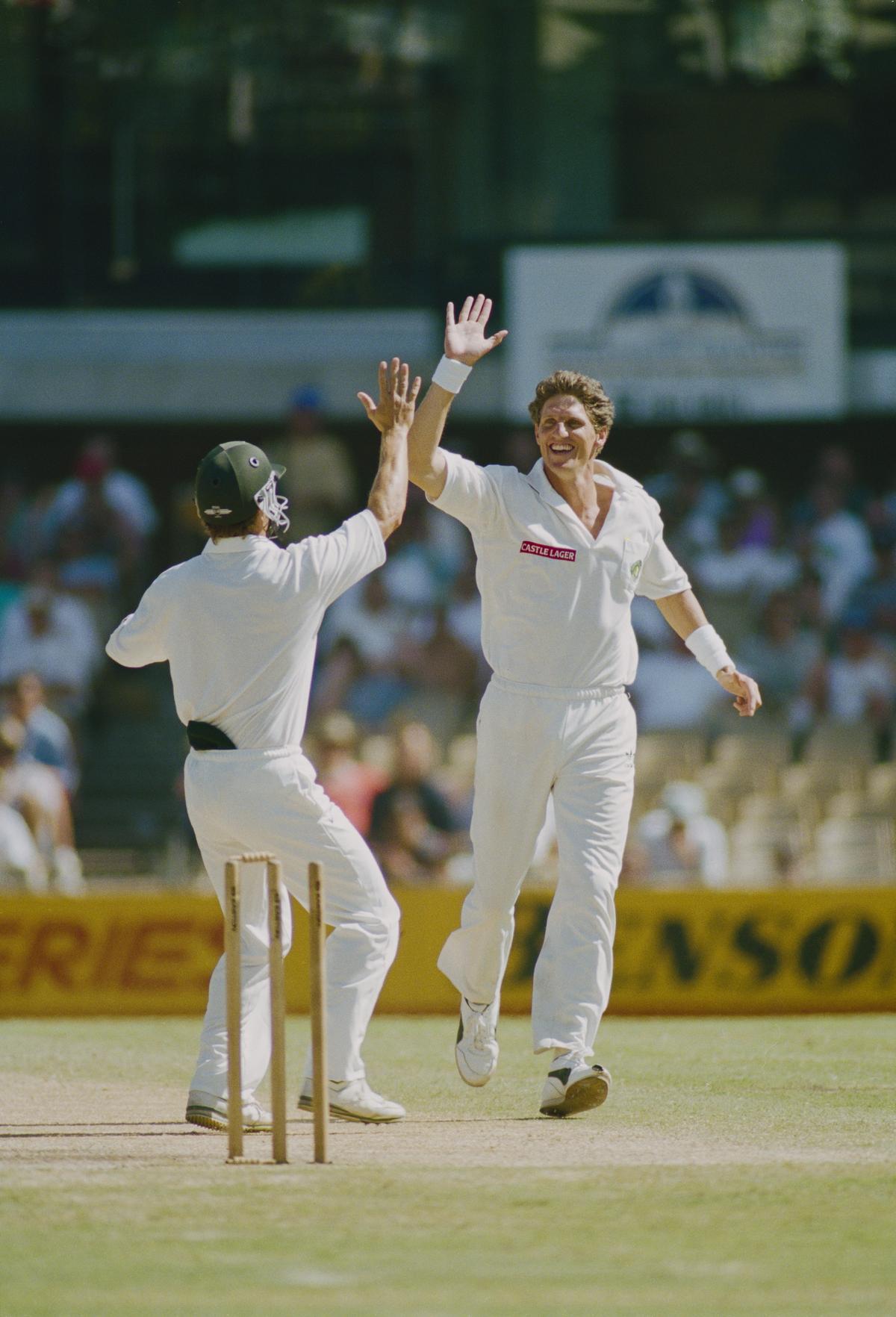
Instant impact: In just his second Test, de Villiers claimed 10 wickets to lead South Africa to a historic five-run victory over Australia at Sydney. | Photo credit: Getty Images
Which swing bowlers have impressed you of late?
Jasprit Bumrah and Arshdeep Singh. There is some science to swing bowling. And it should be taught while a bowler develops. It seems somebody has done that to Arshdeep.
If the ball doesn’t swing much, you try and land close to the stumps; if the ball swings more, you try and land close to the return crease-line, so you go wider, your aim is different, your angle is different, your front foot is a little bit different so that you can bowl to the leg-stump and miss the off-stump, instead of bowling to the off-stump and miss it wide off the stumps. The bowlers must practise with new balls, they must have a swing specialist, not a fast-bowling specialist, to make sure that the curriculum is followed right that covers all those bases.
From inswing bowling, when and how, where you aim, the angles of the run-up, right down to the normal ball that doesn’t swing, what you need to do more, and how you use the crease to actually create that perfect close-to-the-stumps [angle] when the ball doesn’t swing. Glenn McGrath, Shaun Pollock and Vernon Philander got more wickets landing close to the stumps when the wicket didn’t help much than a guy that lands wider.
You need to have a solid system. I believe we have got a little bit more of that in South Africa for many, many years. That is the reason for our success in fast bowling.
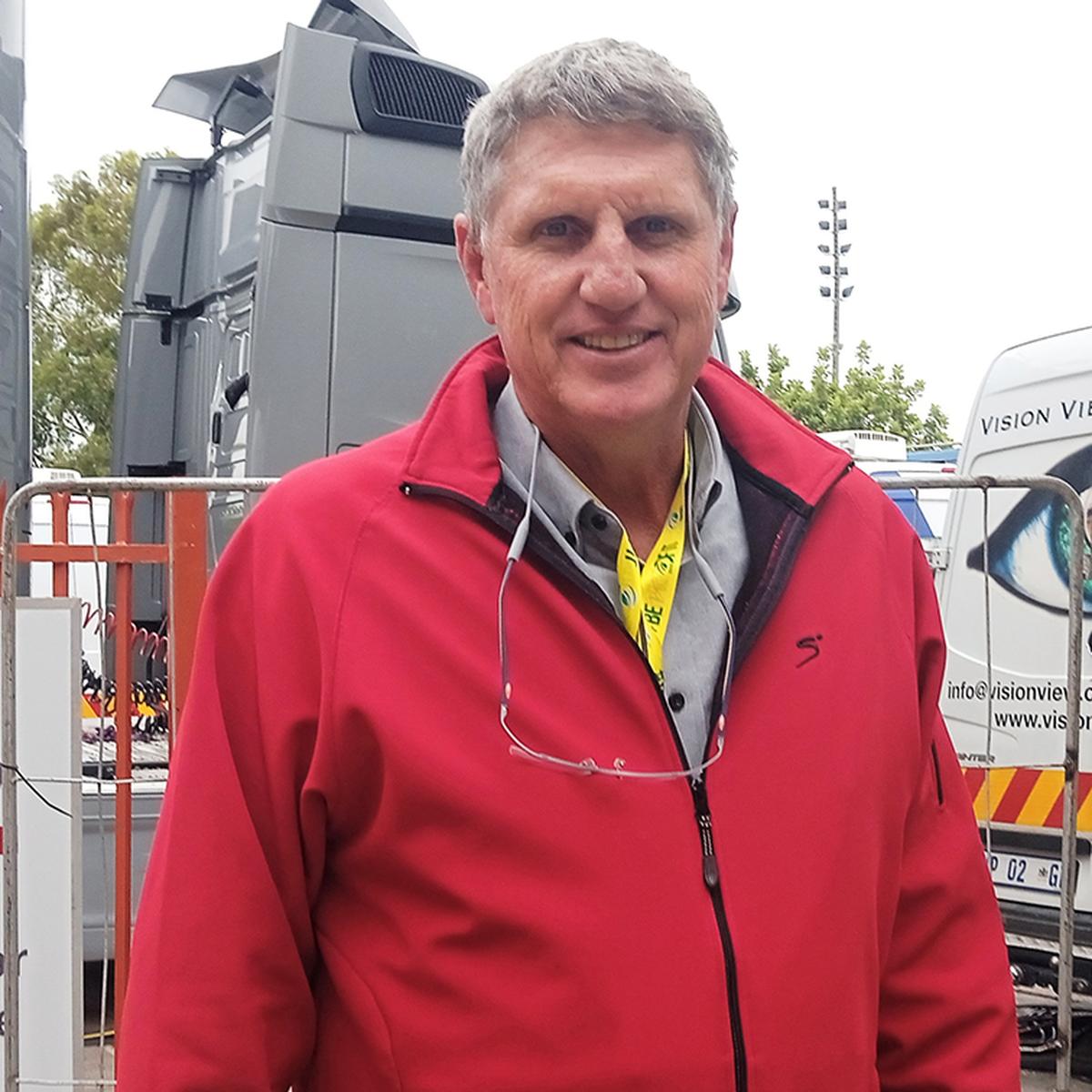
Sage advice: De Villiers recommends the use of specialist swing-bowling coaches to ensure young pacers learn the craft thoroughly. | Photo credit: P.K. Ajith Kumar
You were the Man-of-the-Match in just your second Test…
It was a flat wicket at Sydney, where Shane Warne took 12 wickets. I had to bowl the off-cutter to get variations and that worked well against the left-handers, who nicked them, and against the right-handers, who were lbw.
How did you prepare for South Africa’s return to international cricket?
You must remember we were all doing a normal job at that time. So we were working until 4 o’clock in the afternoon. I was a teacher and practised from 4.30 until 6.00. It gets dark at 6.30, then you can’t practise much more. So I had to do a lot of extra work. A lot of it through my lunch times. I did a lot of gym work. I enjoyed playing provincial cricket. They didn’t pay us those days. But when we heard that there was a chance, they started the cricket academies here. I think we were one of the first countries in the world that started cricket academies where the young players would meet up for six weeks and senior players helped us. That gave us a new perspective of extra training, a lot of hope.
We enjoyed our local cricket so much. Our Benson & Hedges limited-overs tournaments were sold out, be it at Virginia, Bloemfontein, Berea Park or Cape Town. When the opportunity for international cricket came, my daughter was six weeks old, and I said to my wife, ‘I have got a chance of making the team, let’s go over to England for six months and train’. So I got myself a job there down in the south of England, in Kent. I came back fit and strong, and started playing, but I missed the [1992] World Cup, because of a broken foot.
Published – August 09, 2024 11:56 pm IST

